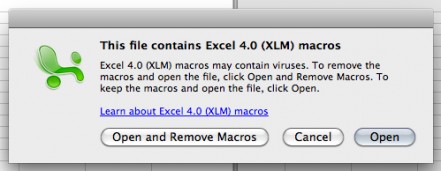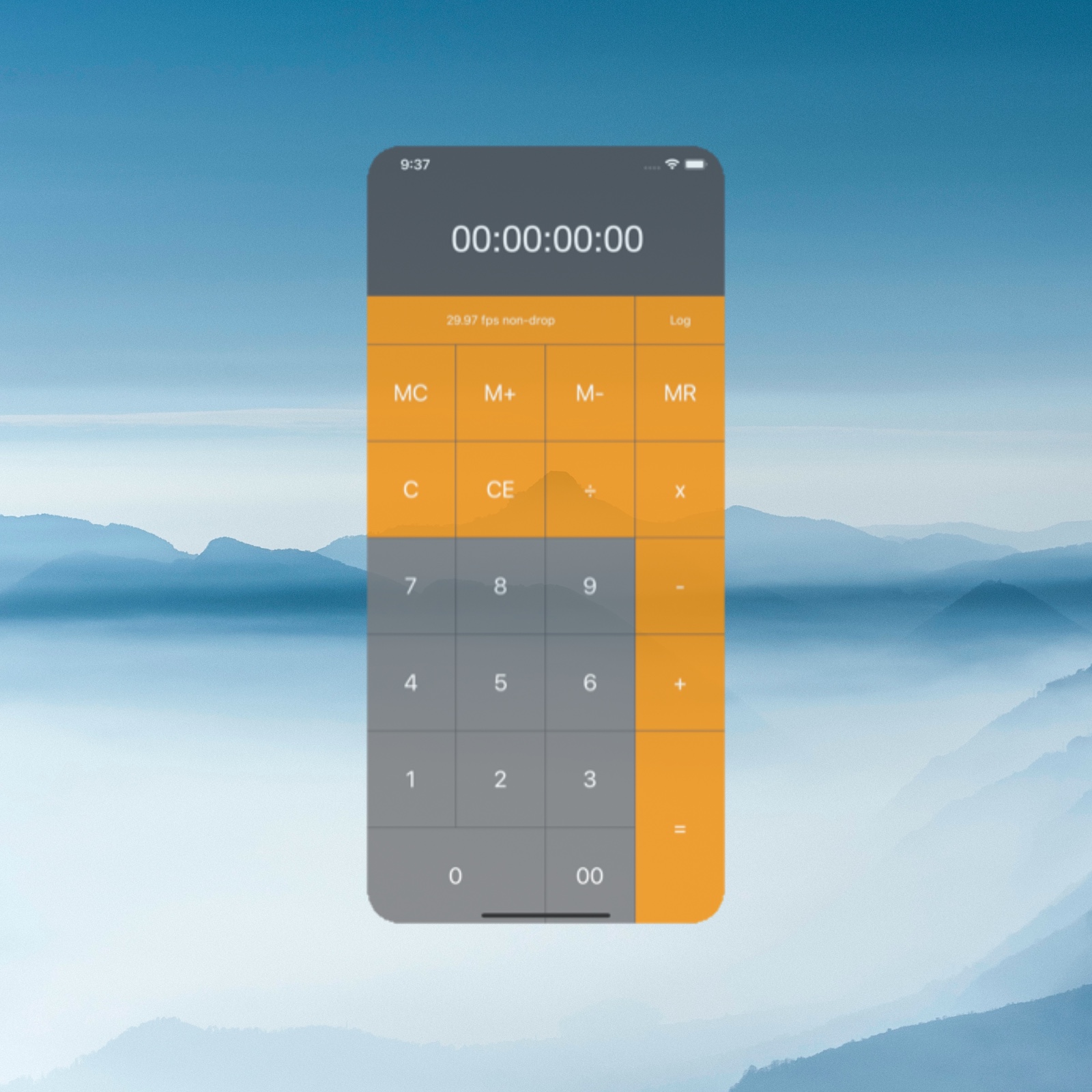

In case the elapsed time exceeds 24 hours, use one of these time formats, for example d "days" h:mm:ss like in the following screenshot: Supposing that the beginning date and time is in call A2, the formula below returns the following results, provided you've applied an appropriate time format to column B, h:mm in this example: In order to calculate how much time has elapsed since the start time to now, you simply use the NOW function to return today's date and the current time, and then subtract the start date and time from it. Calculate elapsed time from a start time to now the result of the formula is a negative number), the #NUM! error is returned. If the end time is less than the start time (i.e. The elapsed time is displayed differently depending on the time format applied to the column:

With Start times residing in column A and End times in column B, you can copy the following formula in columns C though E: Please see Creating a custom time format in Excel for the detailed steps.Īnd now, let's see how our time difference formula and time codes work in real worksheets. To apply the custom time format, click Ctrl + 1 to open the Format Cells dialog, select Custom from the Category list and type the time codes in the Type box. To make them more informative, you can apply custom time formatting with one of the following codes: Time codeĮlapsed hours and minutes, display as 4:10.Įlapsed hours, minutes and seconds, display as 4:10:20. The decimals in column D are perfectly true but not very meaningful. Remembering that in the internal Excel system, times are represented by fractional parts of decimal numbers, you are likely to get the results similar to this: =TIME(HOUR(A2), MINUTE(A2), SECOND(A2)) - TIME(HOUR(B2), MINUTE(B2), SECOND(B2))Ĭalculates the time difference between values in cells A2 and B2 ignoring the date difference, when the cells contain both the date and time values. =TIMEVALUE("8:30 PM") - TIMEVALUE("6:40 AM")Ĭalculates the difference between the specified times. Each timecode result consists of three elements: the timecode, the timecode's FPS, and the timecode's frame count.Depending on you data structure, the actual time difference formula may take various shapes, for example: FormulaĬalculates the difference between the time values in cells A2 and B2. If you want to reset your calculation, click the reset button named RESET. To copy your result to the clipboard, just hit the button COPY. On the occasion of an error, there will be some information in the result section pointing to that error. Therefore, timecodes you convert into shall never exceed 23:59:59:FF, where FF stands for the frames corresponding to your chosen FPS rate. If you convert your input timecode into a timecode with a lower FPS rate and your output timecode reaches the 24 hours mark, the resulting output timecode will be wrong. If you convert from a timecode with a higher FPS to a lower FPS, your timecode gets longer and shorter if you do the opposite. You can either type the timecode you want to convert in or paste it from the clipboard into the timecode field of TC Convert. TC Convert produces SMPTE-conform timecodes. You then can input a timecode with an FPS corresponding to the input frame rate.

To use TC Convert, you first choose an input frame rate and second an output frame rate. It converts a timecode with a given frame rate into another timecode with a different frame rate.
TC Convert is a frame rate conversion calculator.


 0 kommentar(er)
0 kommentar(er)
